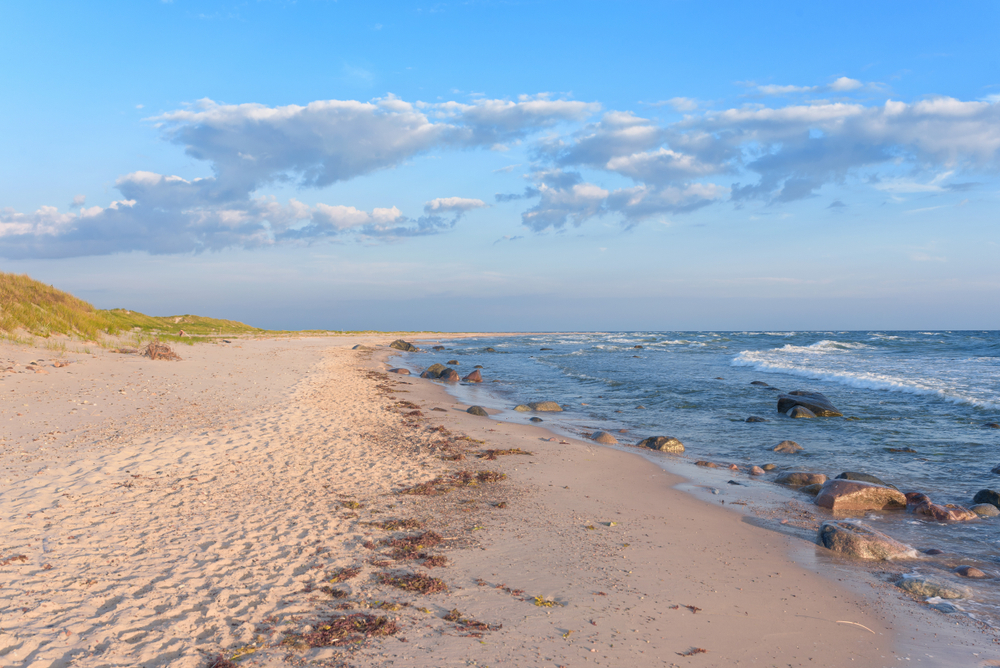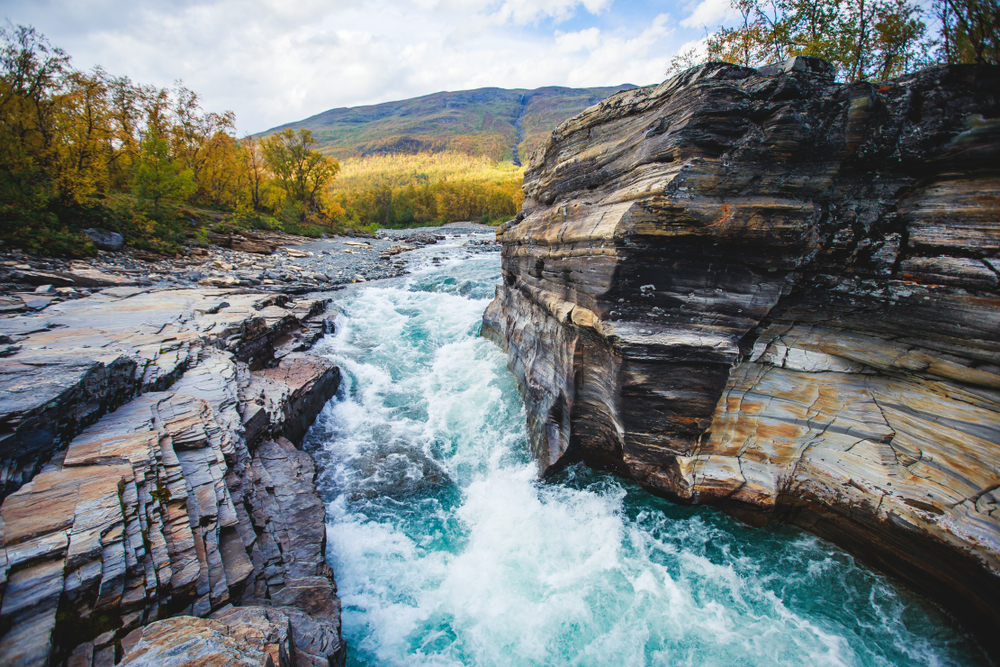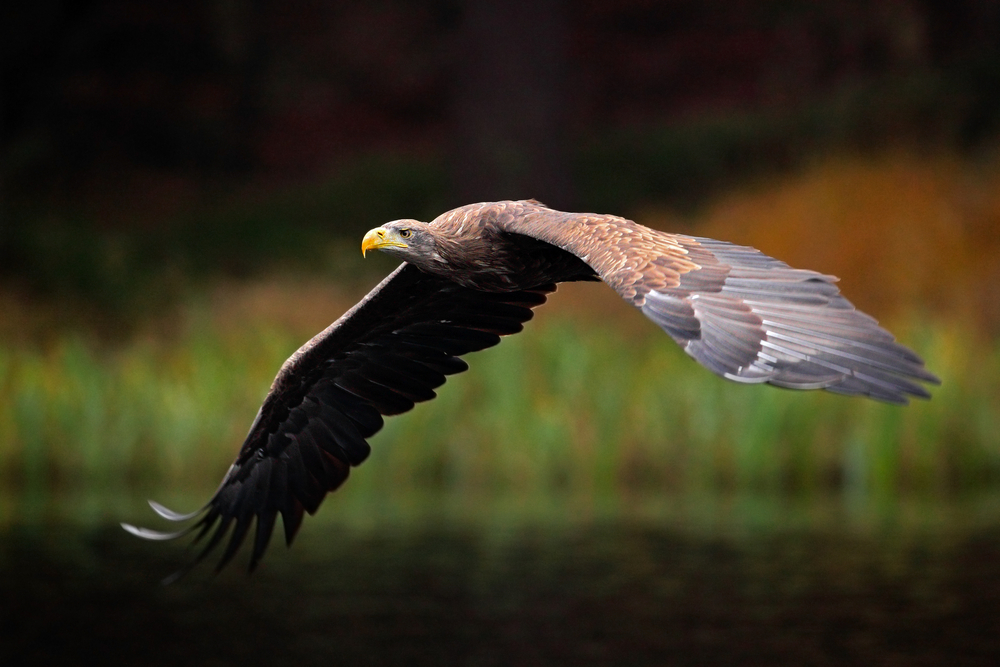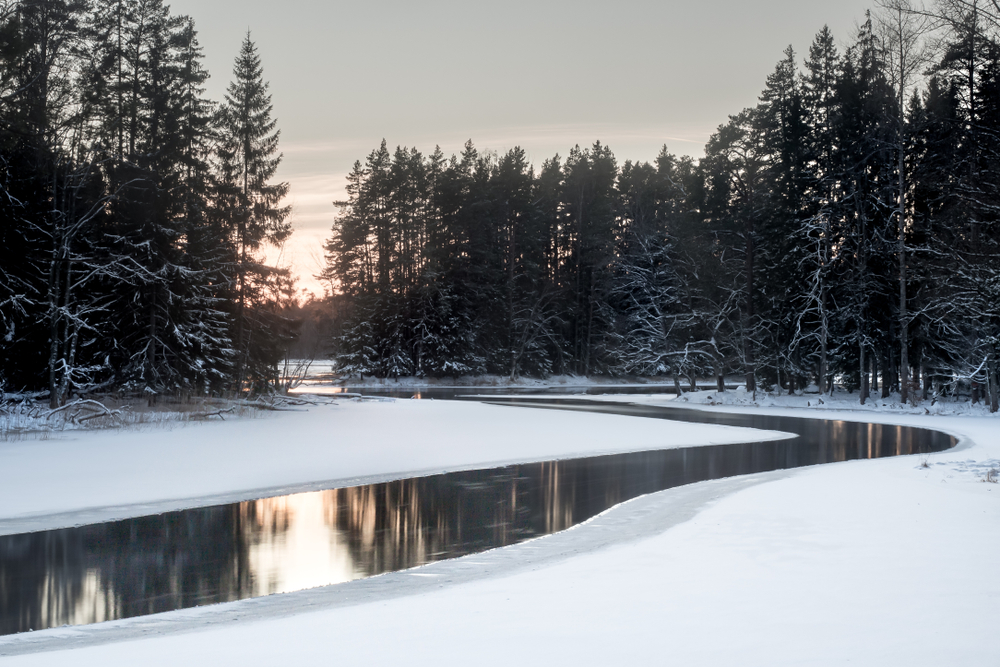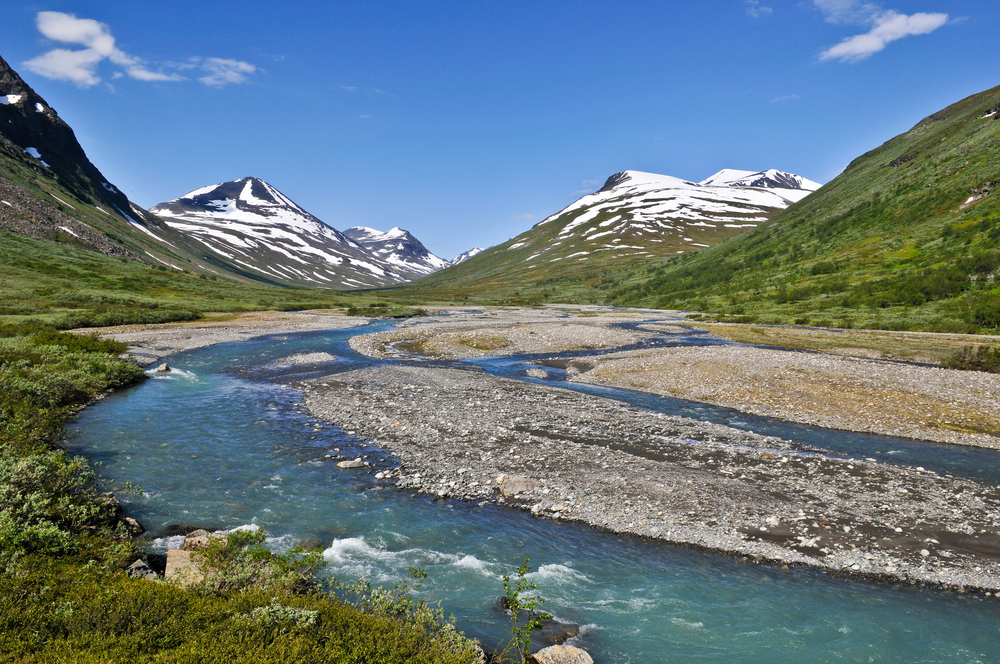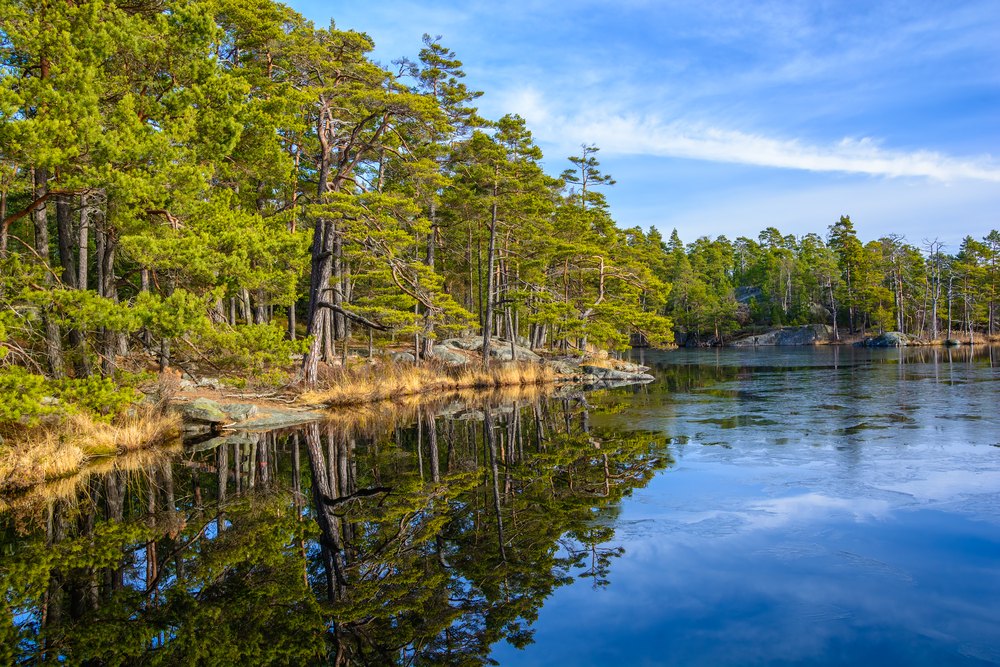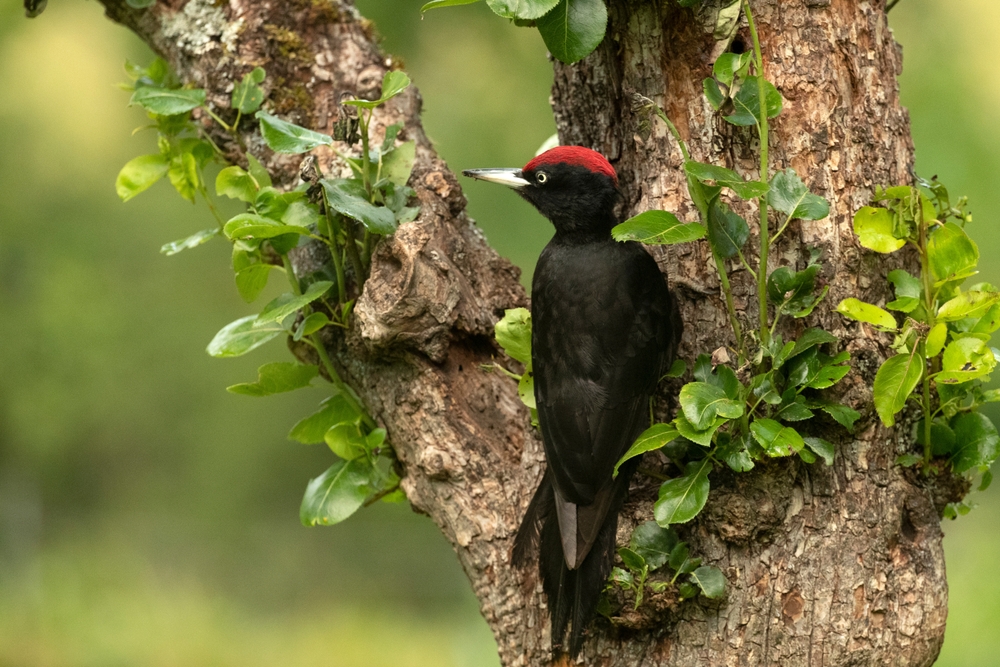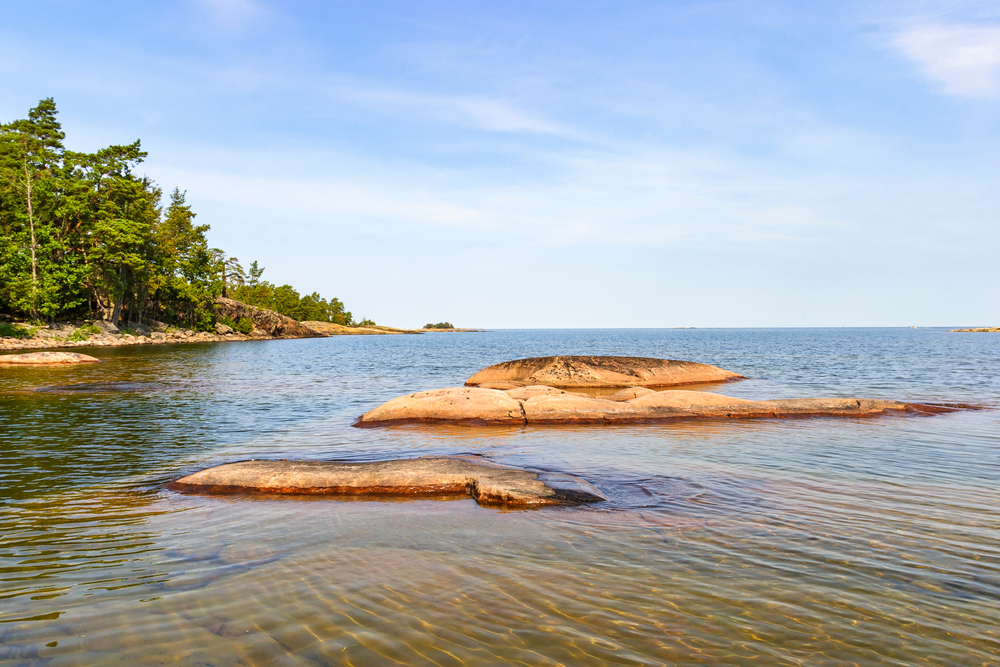Gotska Sandon Overview
Gotska Sandön National Park, known locally as Gotska Sandöns nationalpark, is a remote and unspoiled island in the Baltic Sea, situated approximately 38 kilometers north of Fårö, Sweden.
Covering an area of about 17 square miles (44 square kilometers), the park encompasses the entire island and its surrounding waters, making it one of Sweden’s most isolated and pristine nature reserves. Established in 1909, it is one of Sweden’s oldest national parks and is celebrated for its shifting sand dunes, dense pine forests, and extensive coastal beaches, all contributing to its unique and fragile ecosystem.
The terrain of Gotska Sandön is defined by vast sand dunes, some reaching over 40 meters in height, which continuously reshape due to the influence of strong winds and ocean currents. The island is largely covered in pine forests, which thrive despite the sandy, nutrient-poor soil.
Scattered throughout the park, open heathlands and meadows provide a striking contrast to the dense woodland areas. Along the coastline, long stretches of golden beaches, often strewn with driftwood and washed-up amber, define the island’s perimeter. The western side of the island is slightly more sheltered, whereas the eastern side faces the brunt of the Baltic’s powerful waves.
The island’s isolation has contributed to its unique array of wildlife. One of the most notable species found on Gotska Sandön is the grey seal, which can often be spotted resting on the beaches or swimming offshore. The waters around the island serve as an important breeding and resting ground for these marine mammals.
Birdwatchers visiting the park are in for a treat, as the island is an essential stopover for migratory birds traveling between Scandinavia and continental Europe. Species such as the white-tailed eagle, oystercatcher, common eider, and numerous types of warblers and waders are commonly seen.
The dense pine forests provide a haven for smaller mammals like hares and rodents, though large land mammals are absent due to the island’s remote location.
Gotska Sandön’s untouched beauty makes it a popular destination for nature enthusiasts and adventurers seeking solitude. The island’s extensive hiking trails offer a chance to explore its diverse landscapes, from the dense pine groves to the shifting sand dunes.
One of the most well-known sites is Höga Åsen, the highest point on the island, offering panoramic views of the surrounding landscape and the Baltic Sea. Visitors often explore the historic lighthouse, which has stood on the island since the 19th century, serving as an important navigational aid. Camping is the only form of accommodation available, reinforcing the park’s wild and remote appeal.
Visitors can access the park via boat services that operate from Nynäshamn, Fårösund, and other points along the Swedish coast. Once on the island, hiking and nature walks are the primary ways to experience its beauty, with no roads or vehicles allowed.
Swimming in the clear but often cold waters, beachcombing for amber, and observing the diverse birdlife are among the most popular activities. The solitude and pristine nature of the park provide an experience unlike any other in Sweden, drawing those who appreciate wilderness and tranquility.
Conservation efforts on Gotska Sandön focus on preserving its fragile dune ecosystem and protecting its bird and seal populations. Strict regulations prohibit hunting and habitat destruction, and visitors are required to follow guidelines to minimize human impact.
While climate change and rising sea levels pose challenges to the island’s long-term stability, ongoing monitoring and conservation measures help maintain its unique environment. The island’s status as a national park ensures that its pristine landscapes and thriving wildlife will remain protected for future generations.








































































